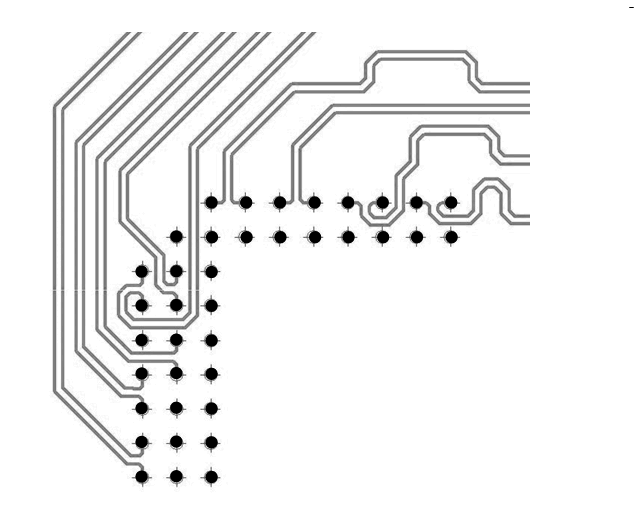DLPS273A May 2024 – December 2024 DLP472TE
PRODUCTION DATA
- 1
- 1 Features
- 2 Applications
- 3 Description
- 4 Pin Configuration and Functions
-
5 Specifications
- 5.1 Absolute Maximum Ratings
- 5.2 Storage Conditions
- 5.3 ESD Ratings
- 5.4 Recommended Operating Conditions
- 11
- 12
- 5.5 Thermal Information
- 5.6 Electrical Characteristics
- 5.7 Switching Characteristics
- 5.8 Timing Requirements
- 5.9 System Mounting Interface Loads
- 5.10 Micromirror Array Physical Characteristics
- 5.11 Micromirror Array Optical Characteristics
- 5.12 Window Characteristics
- 5.13 Chipset Component Usage Specification
-
6 Detailed Description
- 6.1 Overview
- 6.2 Functional Block Diagram
- 6.3 Feature Description
- 6.4 Device Functional Modes
- 6.5 Optical Interface and System Image Quality Considerations
- 6.6 Micromirror Array Temperature Calculation
- 6.7 Micromirror Power Density Calculation
- 6.8 Window Aperture Illumination Overfill Calculation
- 6.9 Micromirror Landed-On/Landed-Off Duty Cycle
- 7 Application and Implementation
- 8 Power Supply Recommendations
- 9 Layout
- 10Device and Documentation Support
- 11Revision History
- 12Mechanical, Packaging, and Orderable Information
9.6 Trace Length Matching Recommendations
Table 9-4 and Table 9-5 describe recommended signal trace length matching requirements. Follow these guidelines to avoid routing long traces over large areas of the PCB:
- Match the trace lengths so that longer signals route in a serpentine pattern
- Minimize the number of turns.
- Ensure that the turn angles are no sharper than 45 degrees.
Figure 9-1 shows an example of the HSSI signal pair routing.
Signals listed in Table 9-4 are specified for the data rate operation at up to 3.2Gbps. Minimize the layer changes for these signals. Minimize the number of vias. Avoid sharp turns and layer switching while minimizing the lengths. When layer changes are necessary, place GND vias around the signal vias to provide a signal return path. The distance from one pair of differential signals to another must be at least two times the distance within the pair.
| SIGNAL NAME | REFERENCE SIGNAL | ROUTING SPECIFICATION | UNIT |
|---|---|---|---|
| DMD_HSSI0_N(0...7), DMD_HSSI0_P(0...7) | DMD_HSSI0_CLK_N, DMD_HSSI_CLK_P | ±0.25 | inch |
| DMD_HSSI1_N(0...7), DMD_HSSI1_P(0...7) | DMD_HSSI0_CLK_N, DMD_HSSI_CLK_P | ±0.25 | inch |
| DMD_HSSI0_CLK_P | DMD_HSSI1_CLK_P | ±0.05 | inch |
| Intra-pair P | Intra-pair N | ±0.01 | inch |
| SIGNAL NAME | CONSTRAINTS | ROUTING LAYERS |
|---|---|---|
| LS_CLK_P, LS_CLK_N LS_WDATA_P, LS_WDATA_N LS_RDATA_A |
Intra-pair (P to N) Matched to 0.01 inches Signal-to-signal Matched to +/- 0.25 inches |
Layers 3, 8 |
 Figure 9-1 Example HSSI PCB Routing
Figure 9-1 Example HSSI PCB Routing